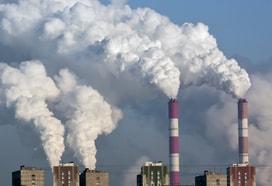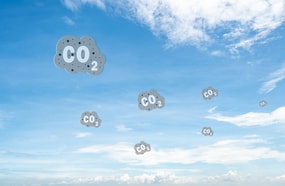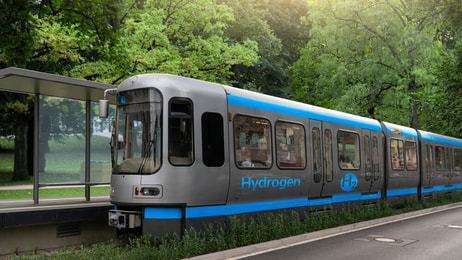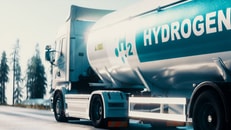India unveils green hydrogen certification to support active market
India has launched the country’s Green Hydrogen Certification Scheme (GHCI), laying the regulatory foundation for what it hopes will become a global export market worth $70bn and a cornerstone of its domestic clean energy strategy.
Unveiled by Union Minister of New and Renewable Energy Prahlad Joshi, the GHCI defines what qualifies as ‘green’ hydrogen, introduces a multi-tiered certification system, and sets a maximum lifecycle emissions threshold of 2kg CO2 equivalent per kg of hydrogen. The scheme applies to hydrogen produced via electrolysis or biomass conversion, using renewable energy only.
Certification will be mandatory for all producers except those manufacturing hydrogen exclusively for export. The framework includes four levels of certification: concept, facility-level, provisional, and final, with the final certificate required to access government incentives or sell hydrogen in the domestic market.
The scheme is designed to promote transparency and global credibility, with emissions tracked under a monitoring, reporting, and verification protocol aligned to international standards such as ISO 19870:2023.
... to continue reading you must be subscribed




























